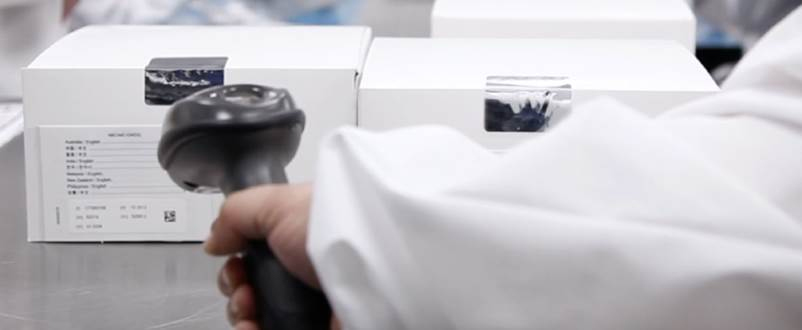Understanding the key characteristics and use cases of static vs. dynamic supply models
Clinical supply models need to provide for an adequate supply of patient kits that allow for variations in patient recruitment levels and clinical site activity. Traditional, or supply-led models, address this challenge by creating large quantities of finished patient kits upfront in order to create a cushion of static inventory to manage uneven demand. However, this cushion comes at a cost including lingering potential for stock-outs at high recruiting or new clinical sites, 30-200% drug waste and weeks or even months of lead time for packaging.
As research budgets tighten, drug costs rise and competition to be first-to-file novel therapies increases, trial sponsors are looking for ways to cut cost, shorten timelines, improve supply chain efficiency and most importantly, ensure that patients receive their medication without delay. The late stage Just-in-time (JIT) additional labeling model, which also uses a static inventory approach, was developed in a first attempt to address these challenges. However additional labeling JIT proved to be an inadequate fit for most studies and created the potential for order-related bottlenecks during peak demand times.
A fundamentally different approach, one that could be more broadly applied to a range of clinical trials and satisfactorily address the challenges associated with the traditional, supply-led approach was still needed. The solution was to create a model that pivots around the single most important variable in inventory management: patient demand. Applicable to a wider range of studies than JIT additional labelling, the demand-led approach can significantly reduce both drug waste and lead times while ensuring compliance with global regulatory requirements.
For more than 25 years, Catalent has been a leader in clinical trial supply having successfully supplied over 5,000 clinical studies across more than 80 countries. Join us as Catalent's clinical supply experts discuss the major clinical supply models and answer your questions. Since no one model is a universal fit for all studies, a clear understanding of each model's characteristics and appropriate use is essential to weigh the benefits and risks of each model and ultimately selecting the right approach.
Whether you are currently determining the best clinical supply model for an upcoming study or would like to learn more about new approaches to clinical supply this webinar will help you identify strategies to reduce supply chain risk and improve performance. Register for FREE today.
Presented by
Dr Christine Milligan,
Global Director, Strategic Development Solutions
Christine Milligan is currently Global Director, strategic development solutions, Catalent Pharma Solutions. She has more than 30 years of experience in early drug development; 13 years in developing drugs in CNS, pain, and cardiovascular areas; four years in program management of CTX/IND submissions, and more than 10 years in managing clinical materials. Dr. Milligan has a PhD and MBA from University of Glasgow; honorary lectureship at University of Edinburgh UK in drug development. She has numerous papers and presentations to the scientific community. Dr. Milligan served as 2010 Chair and council member for the ISPE Investigational Products COP. She can be contacted by email at: [email protected].





